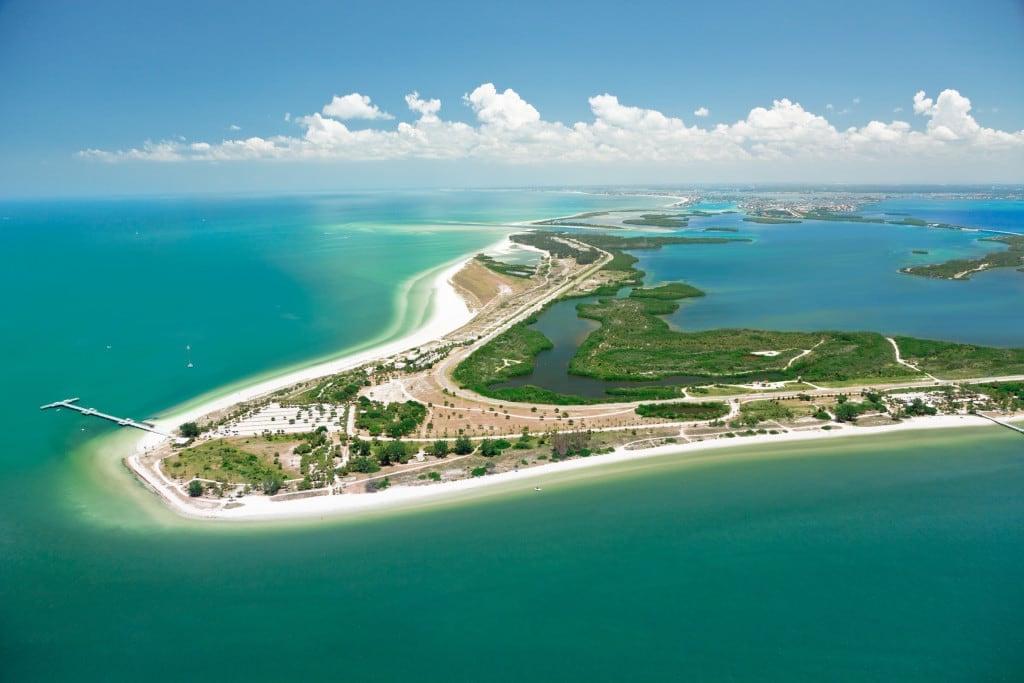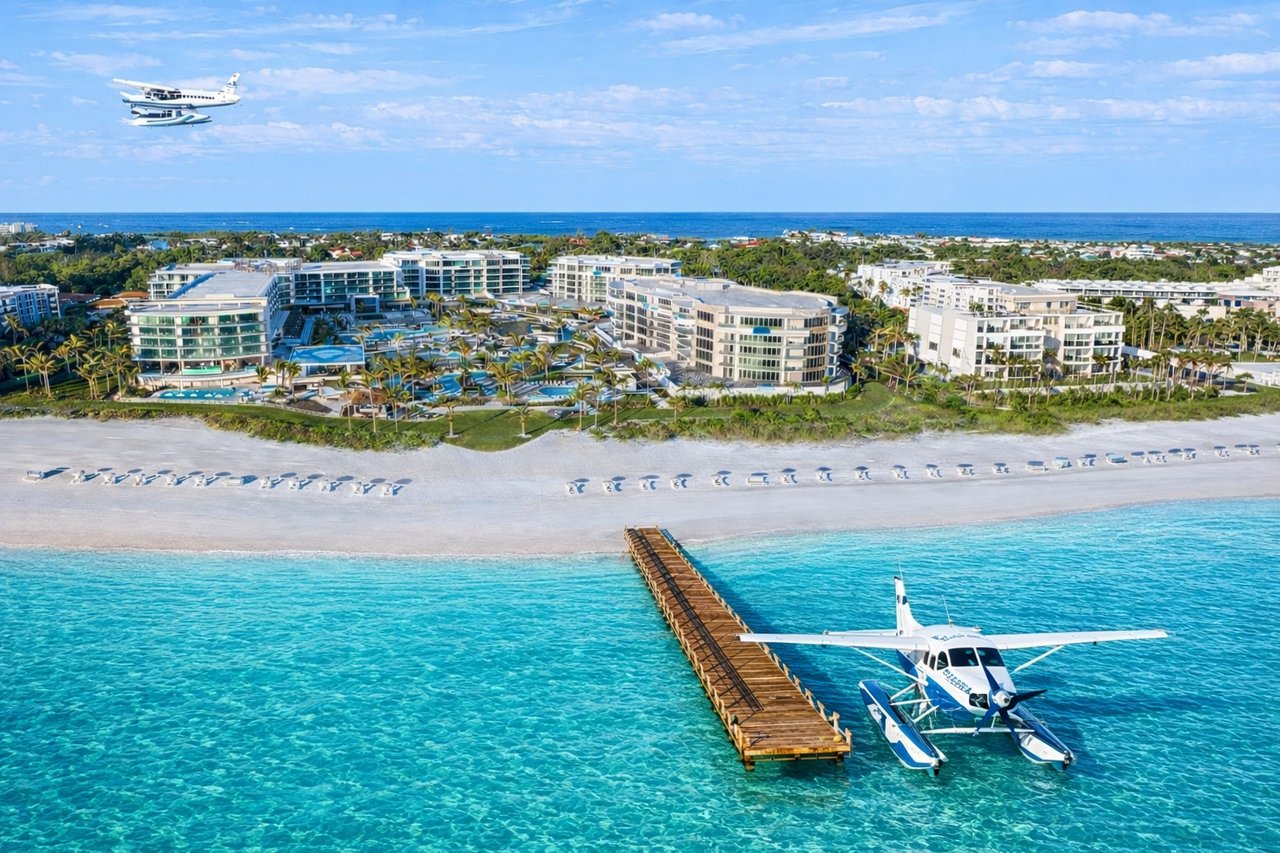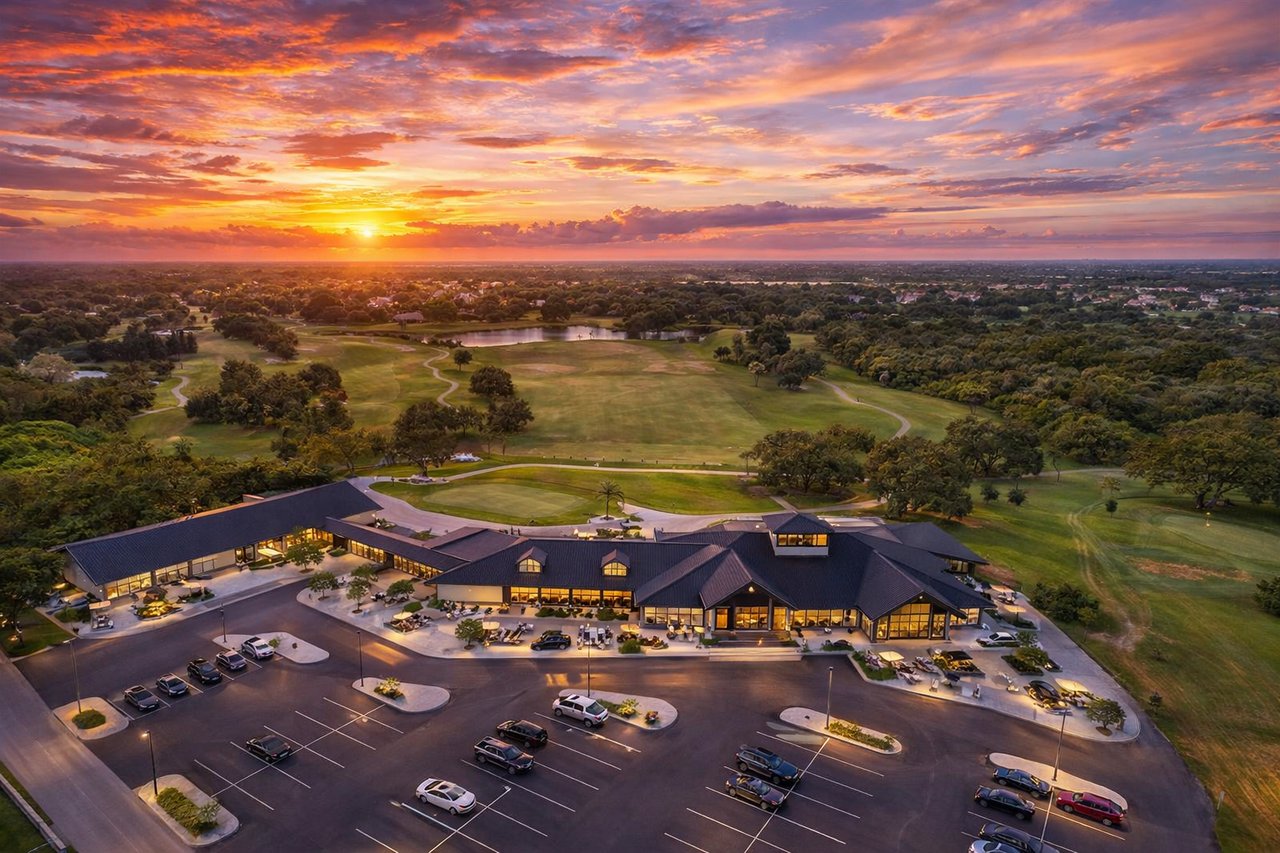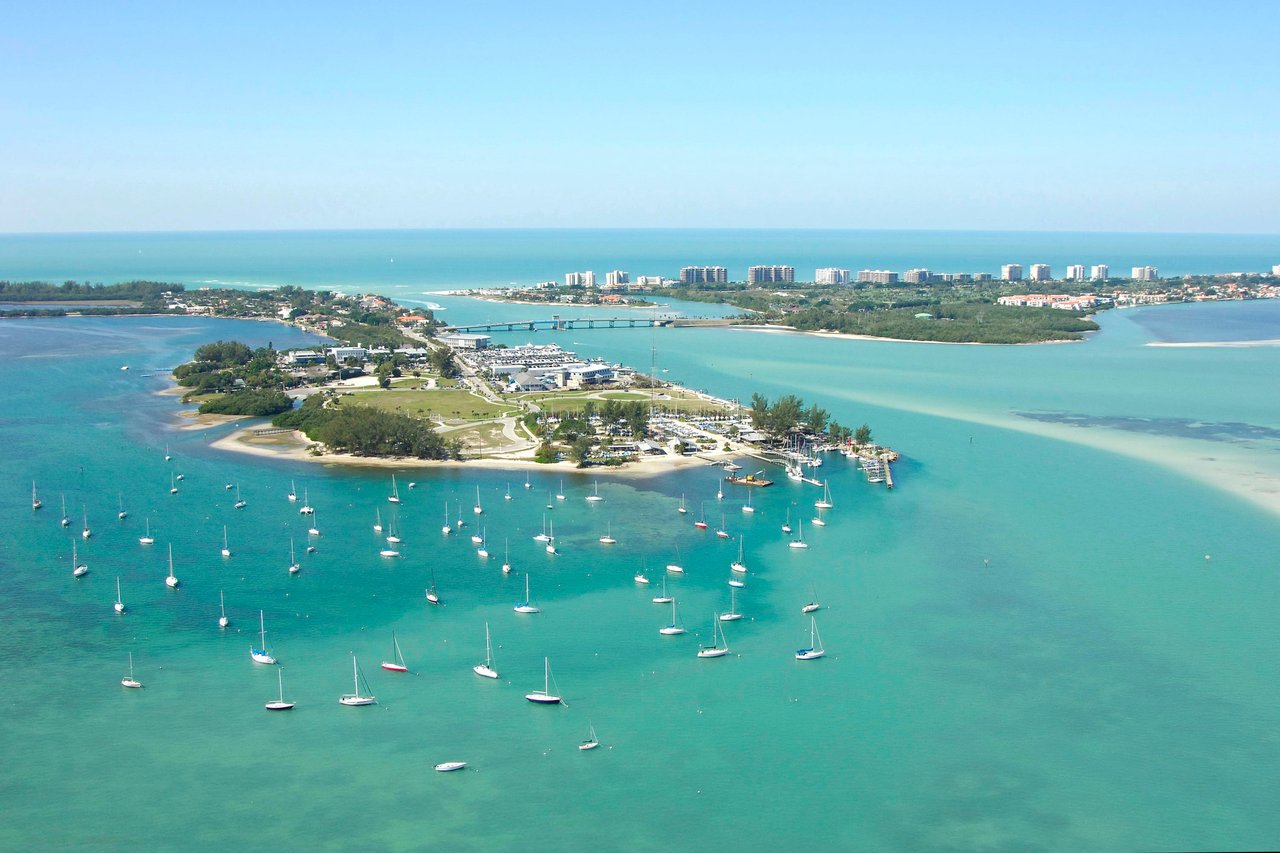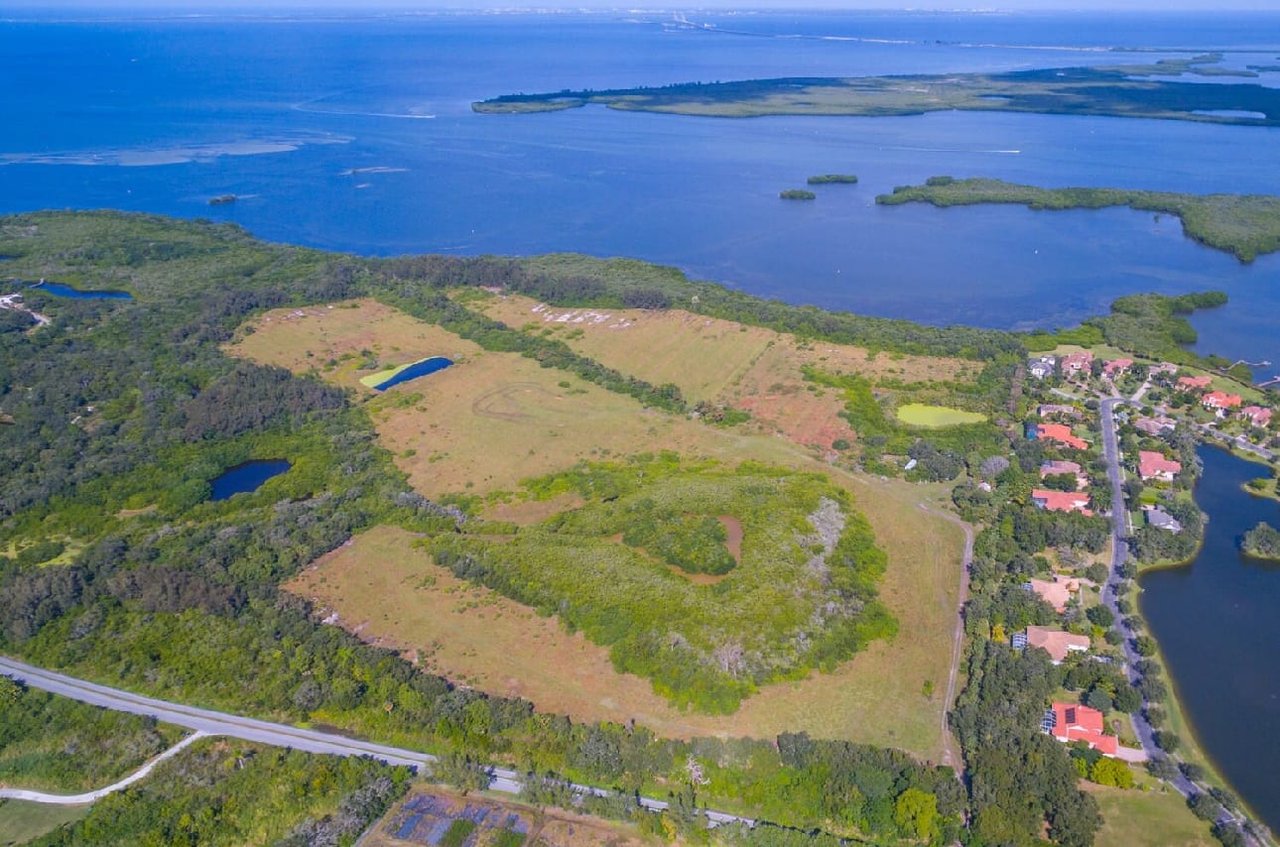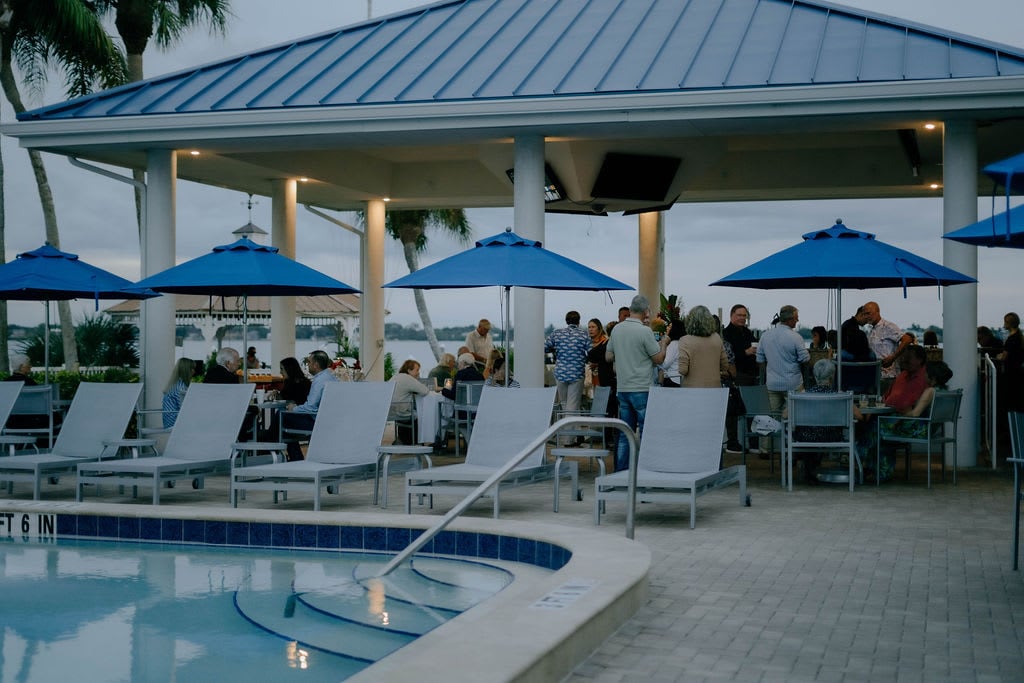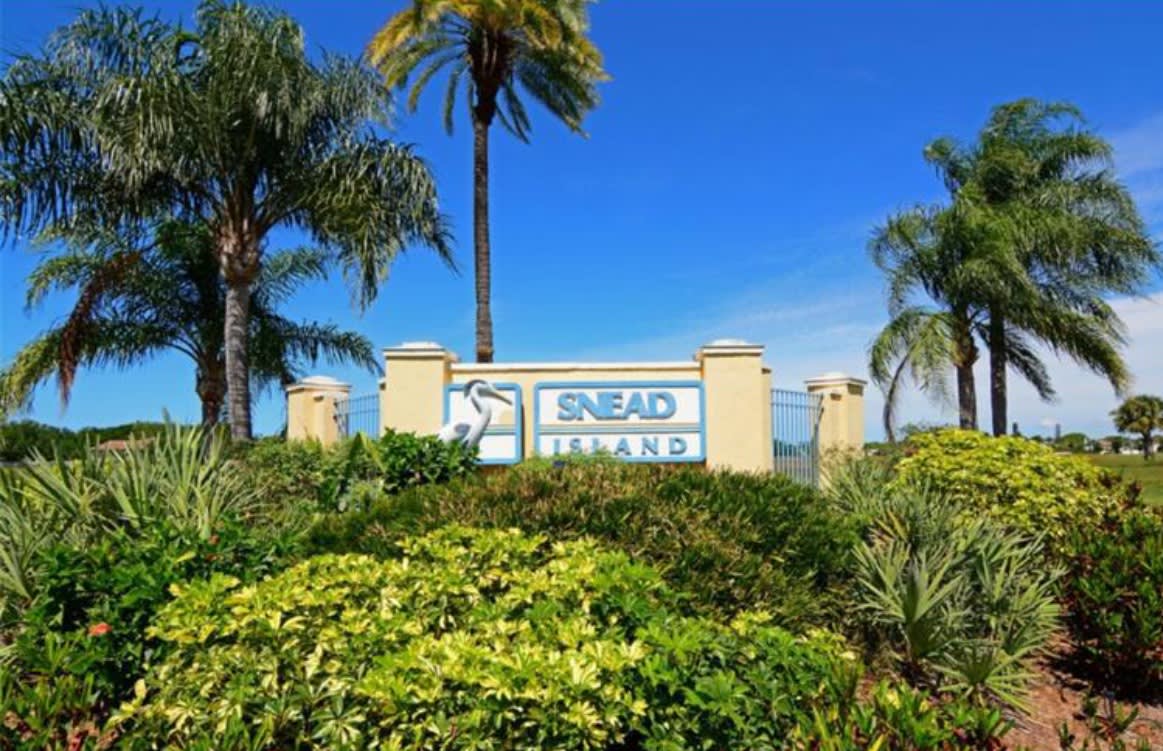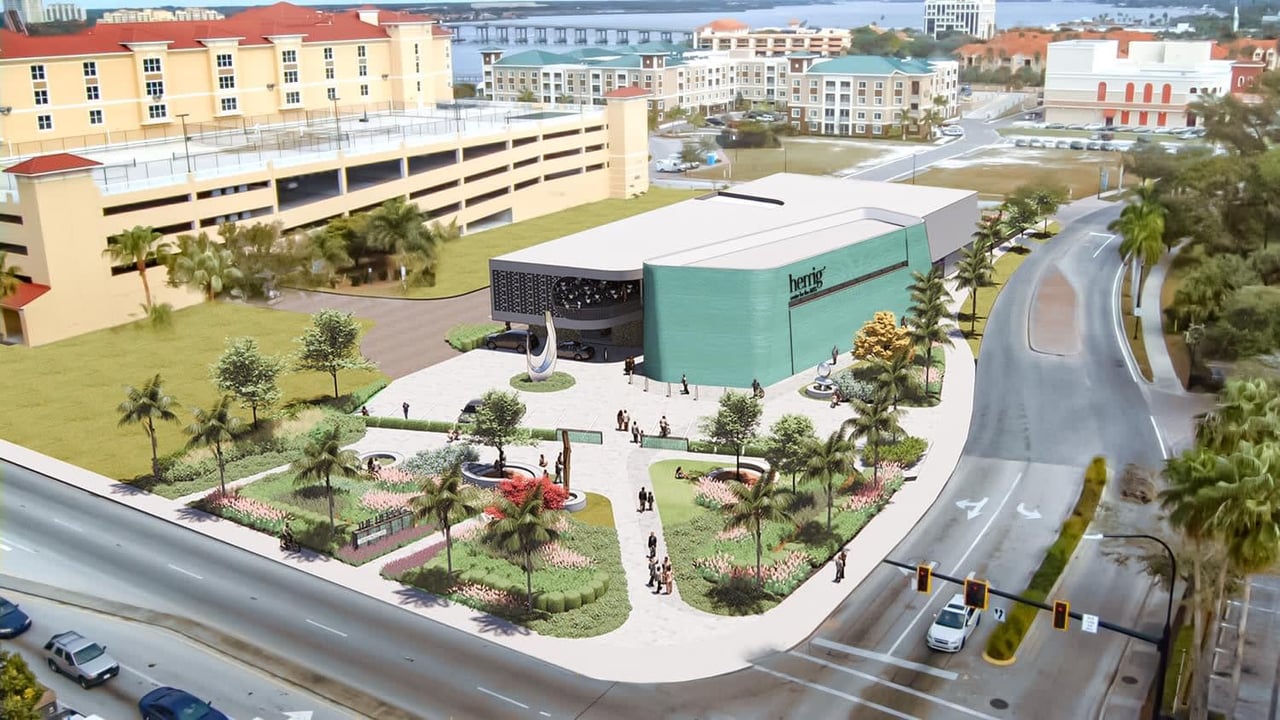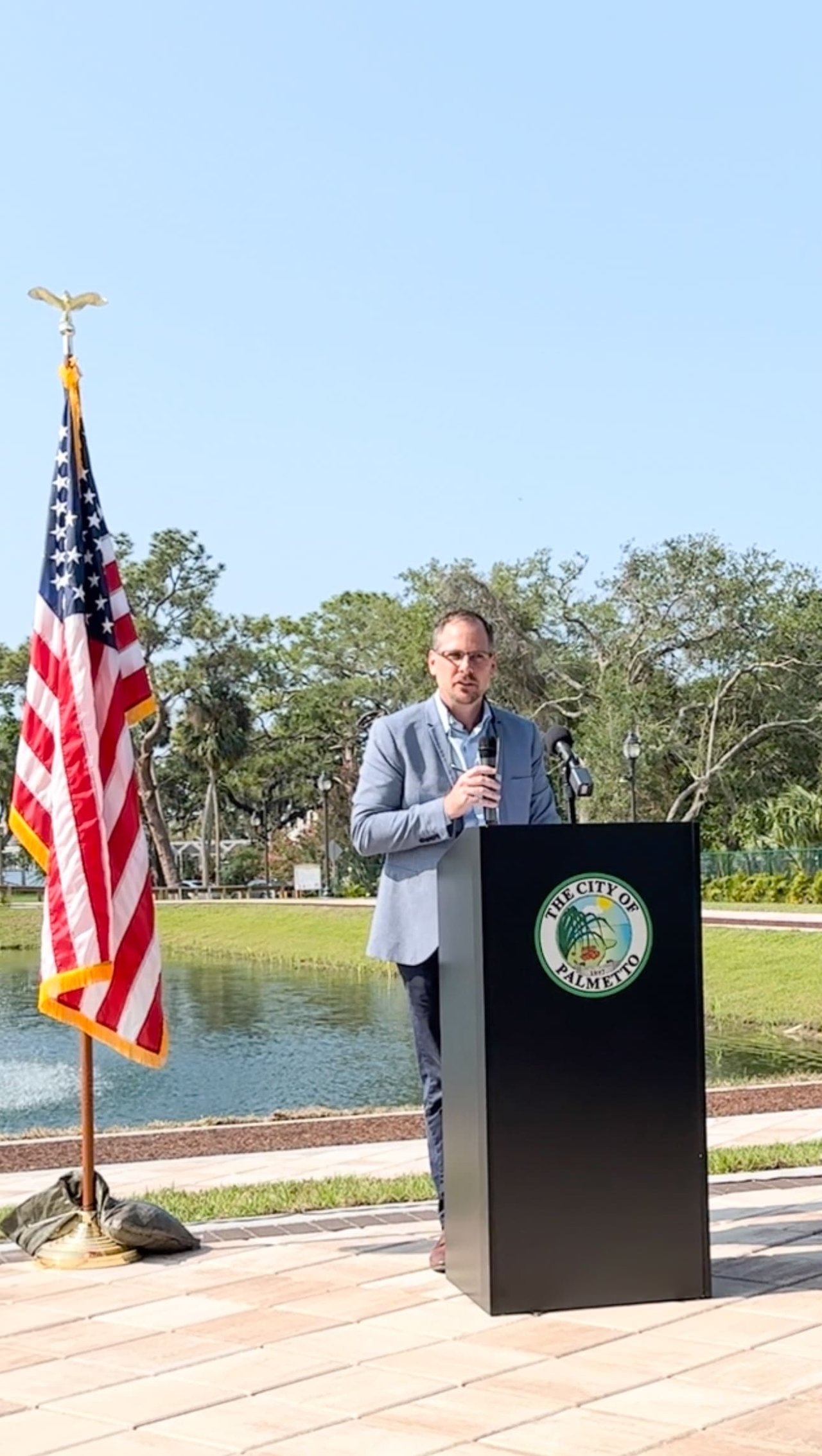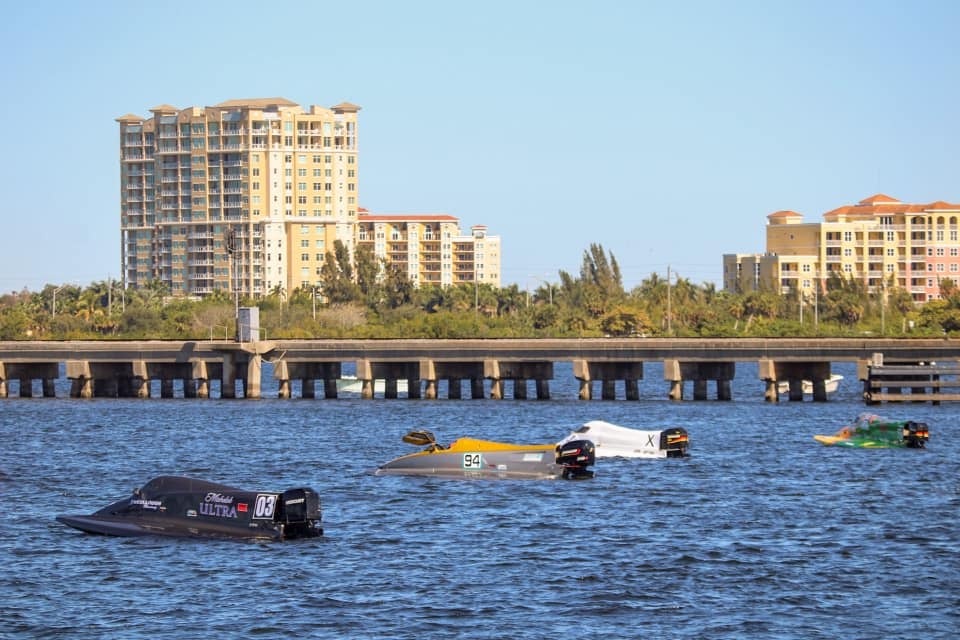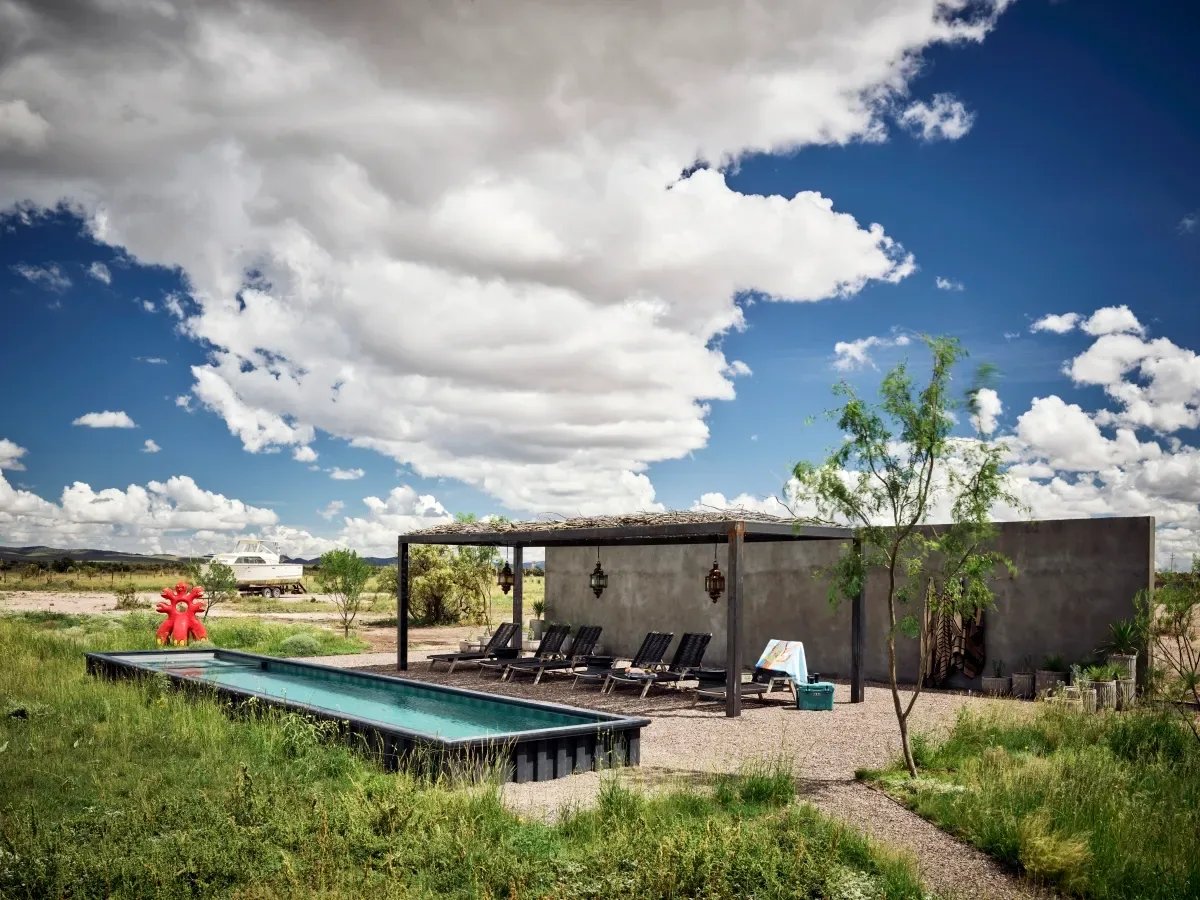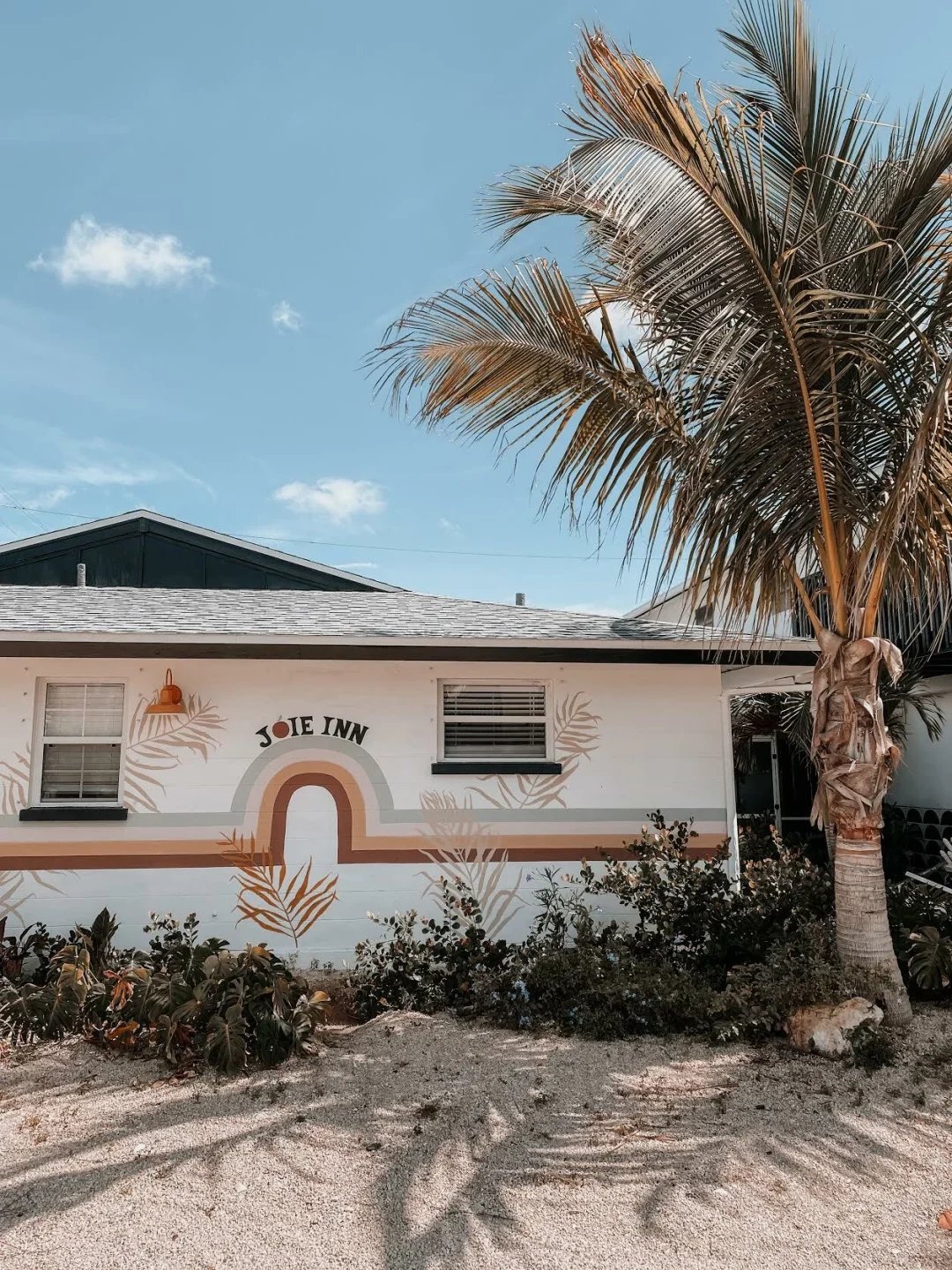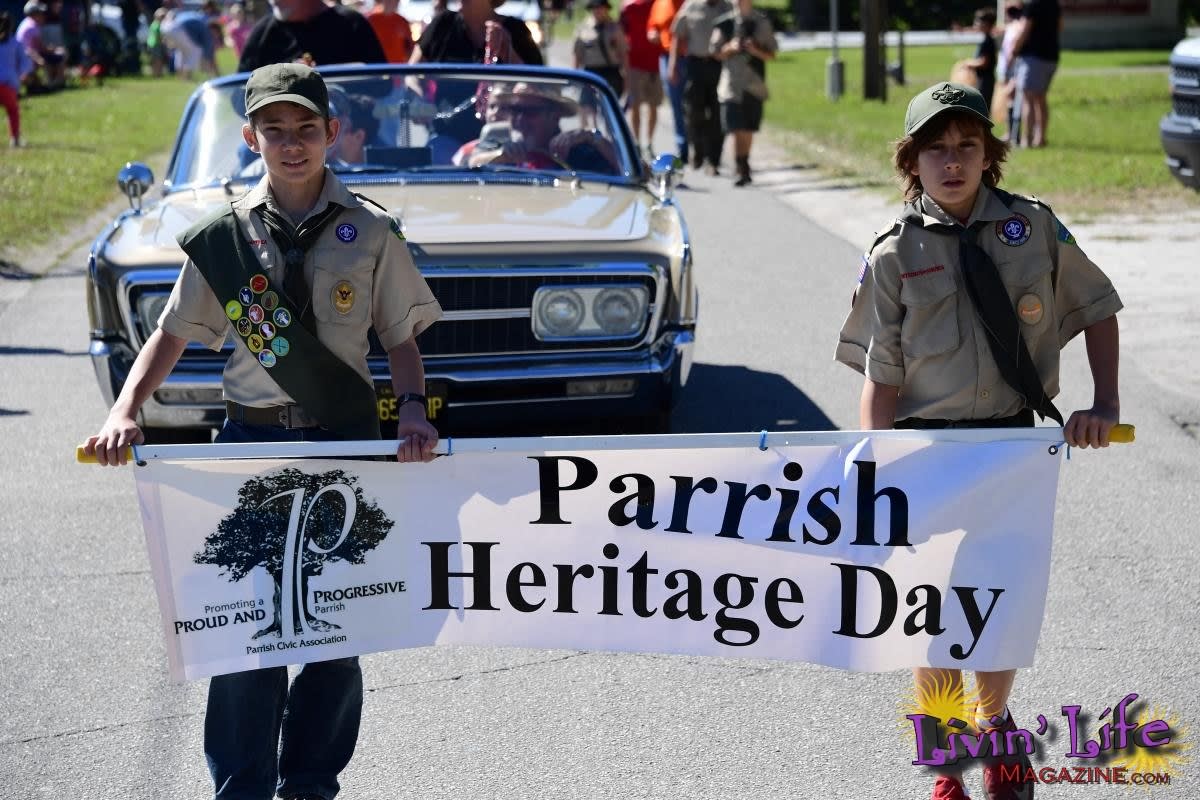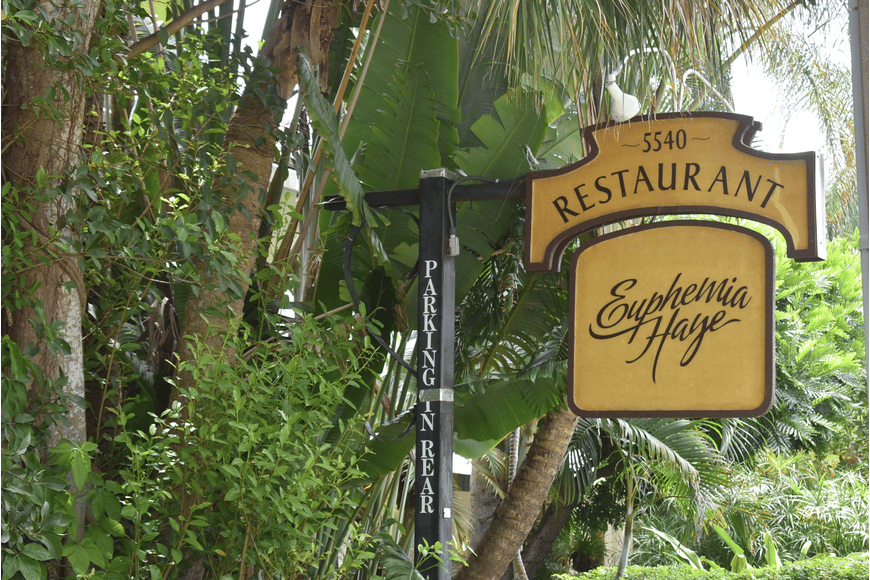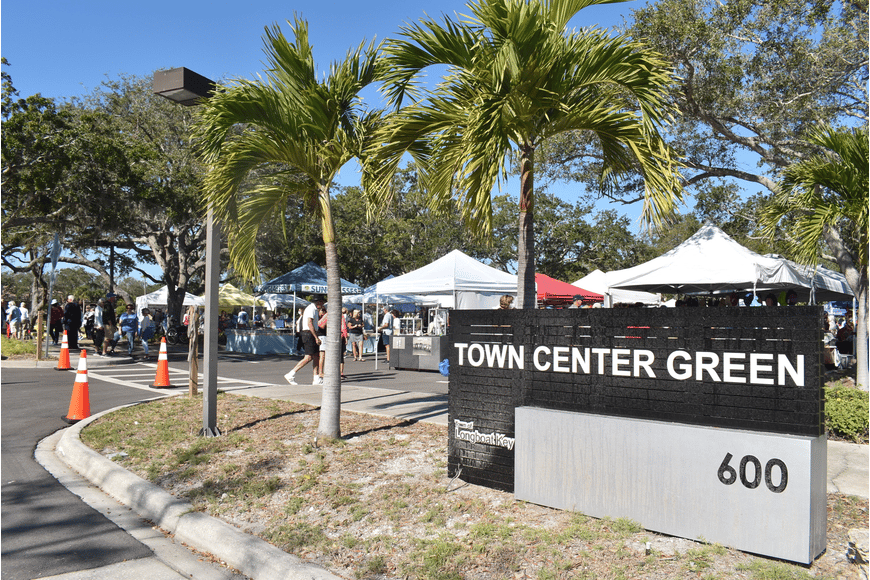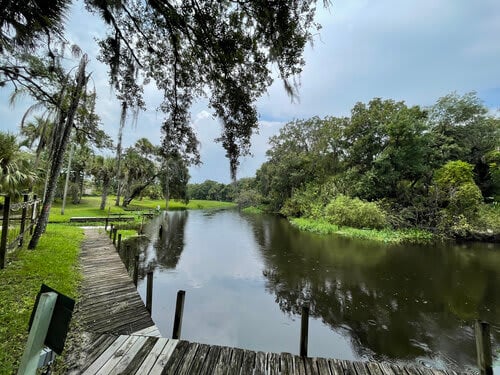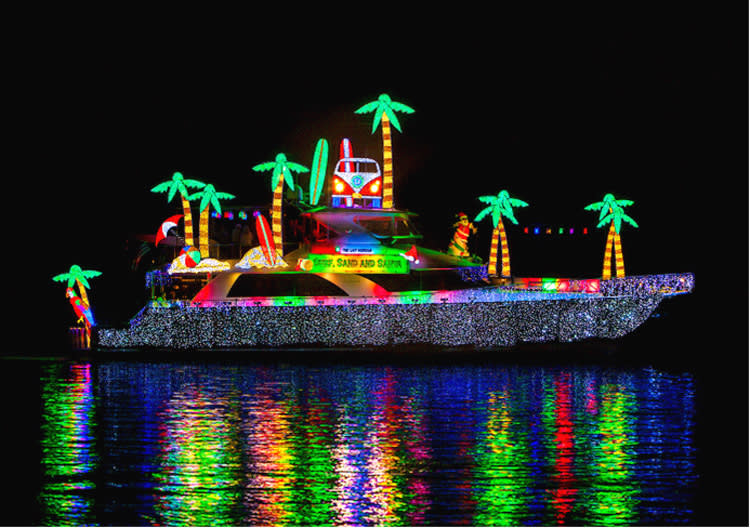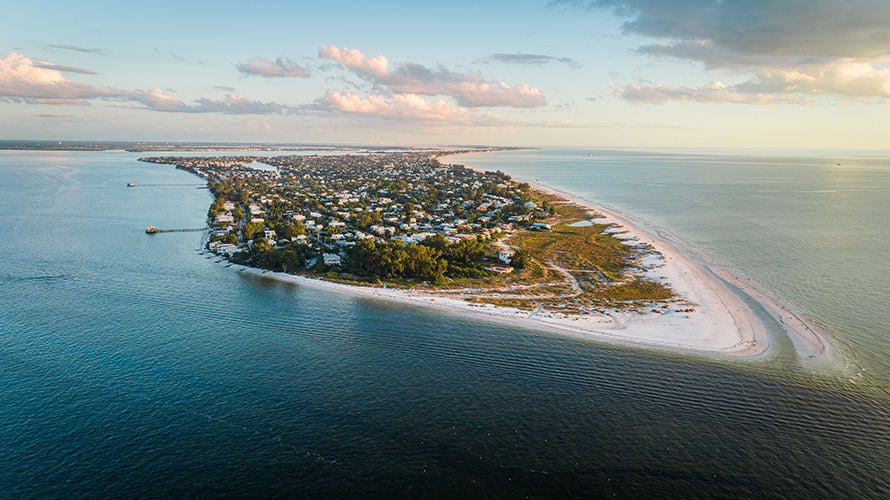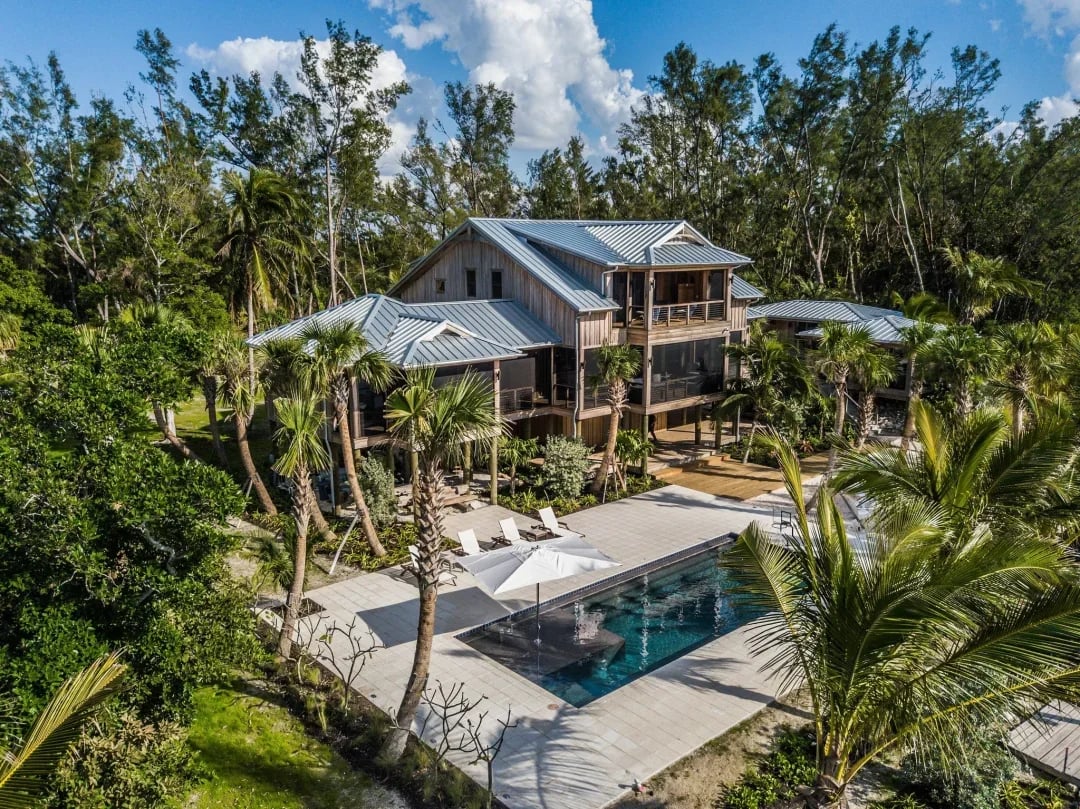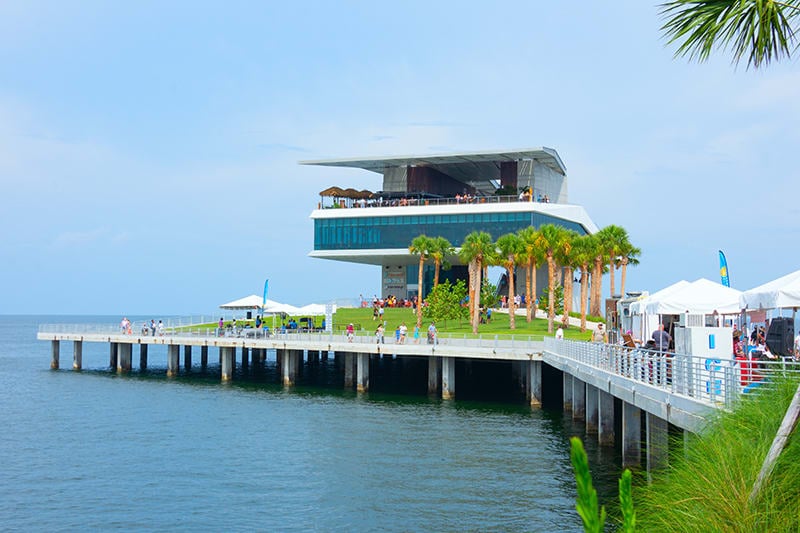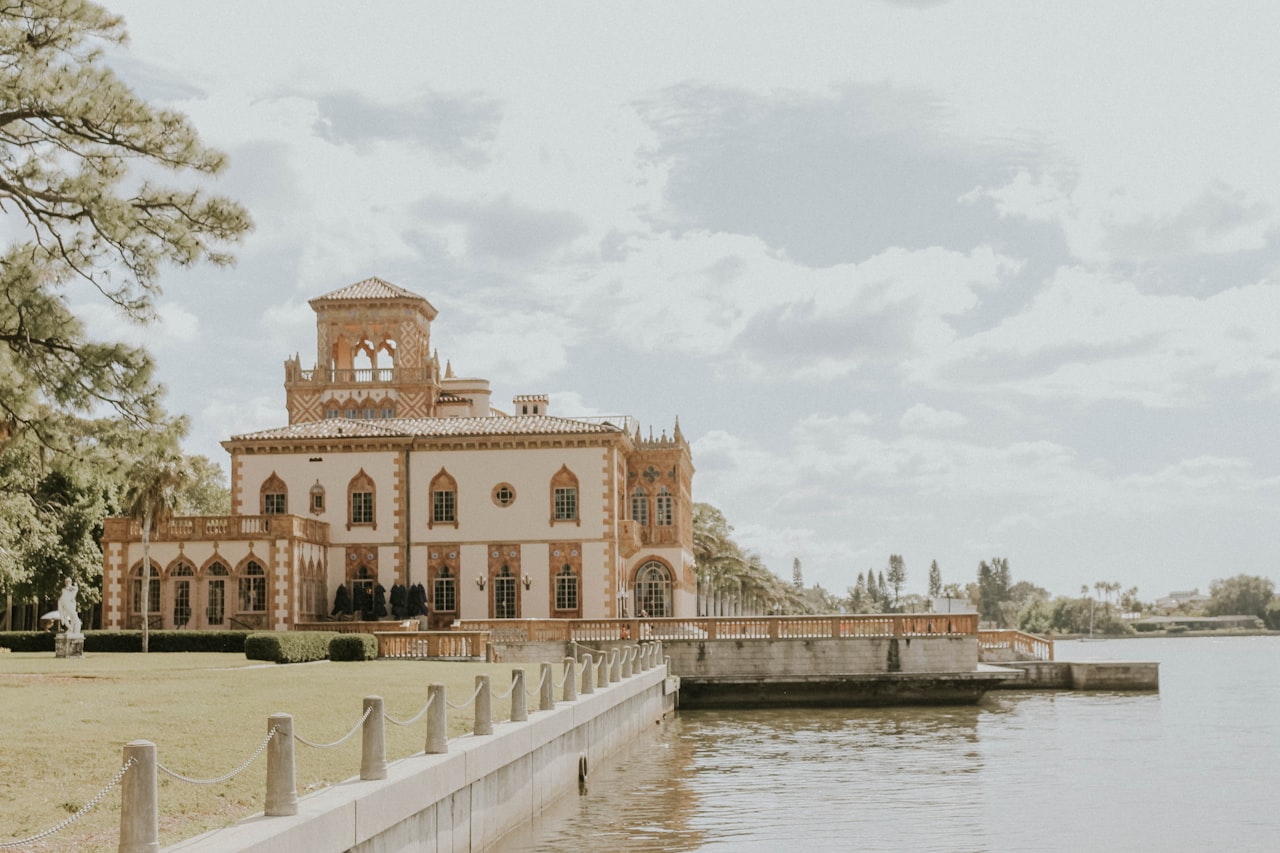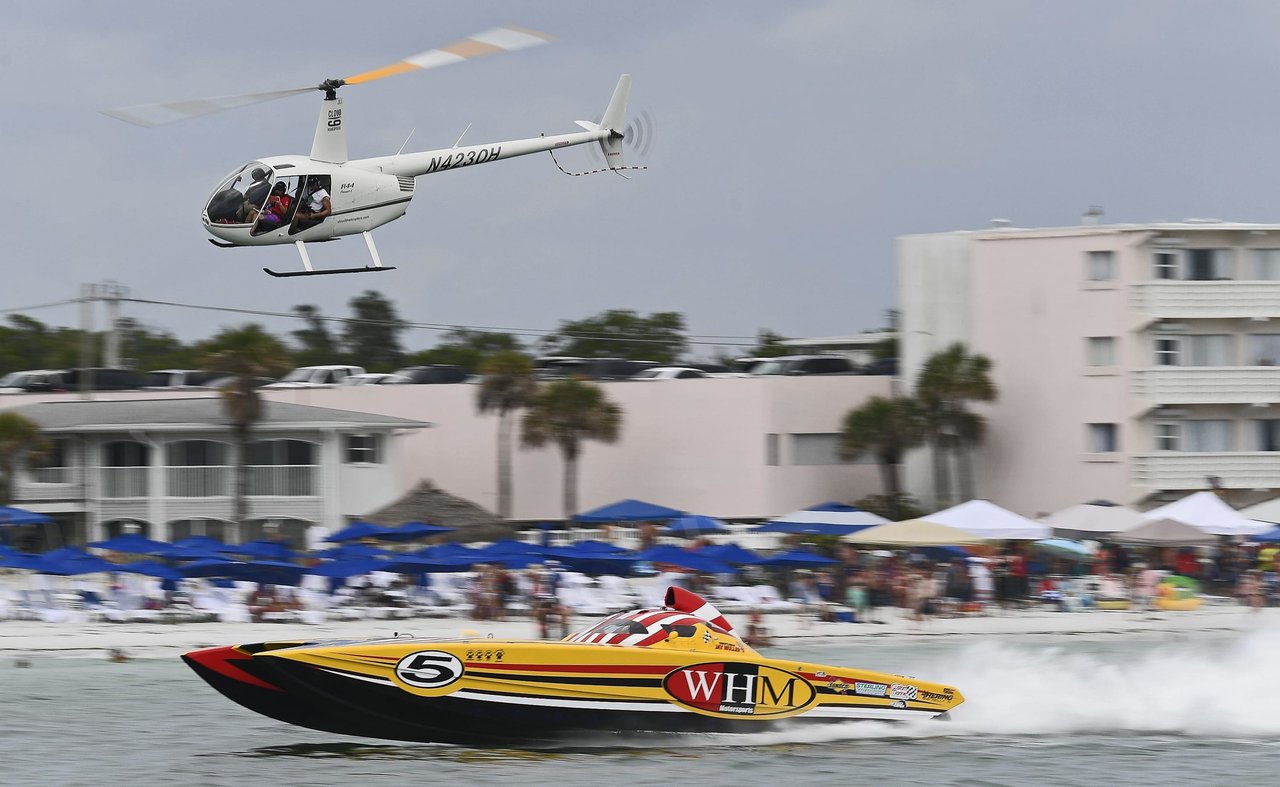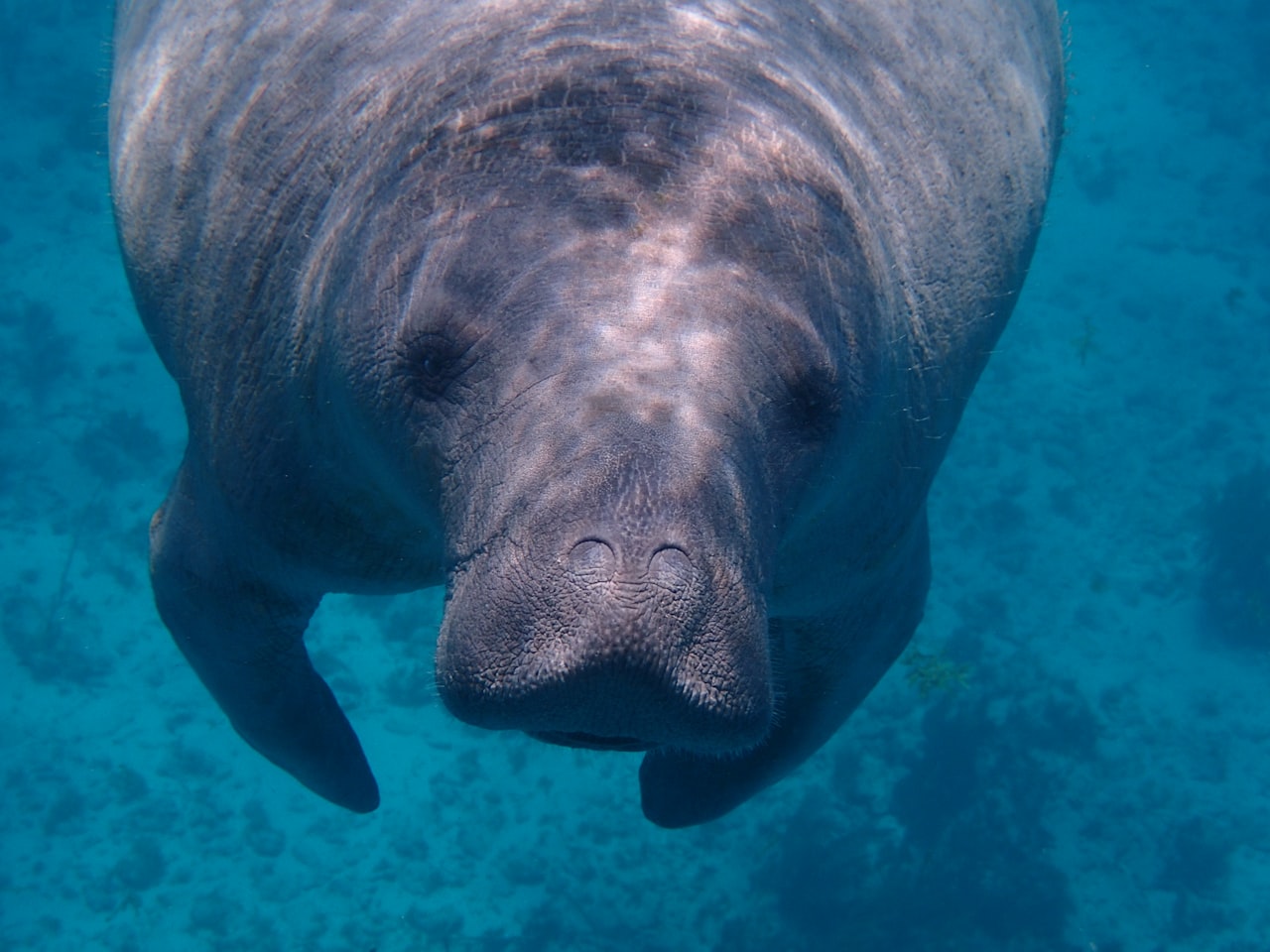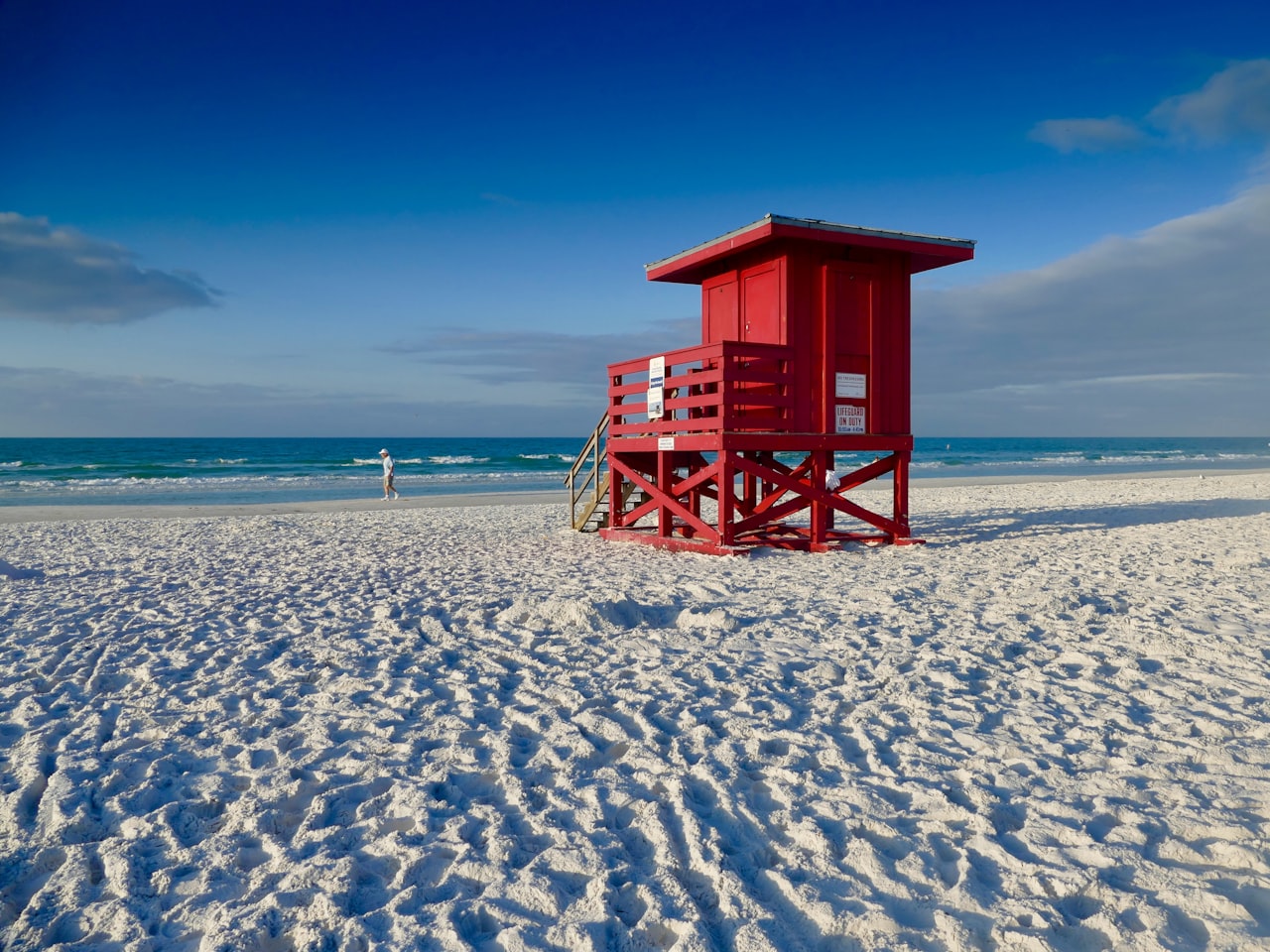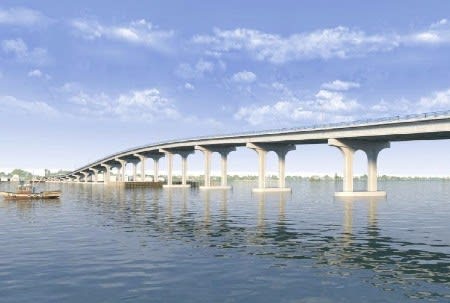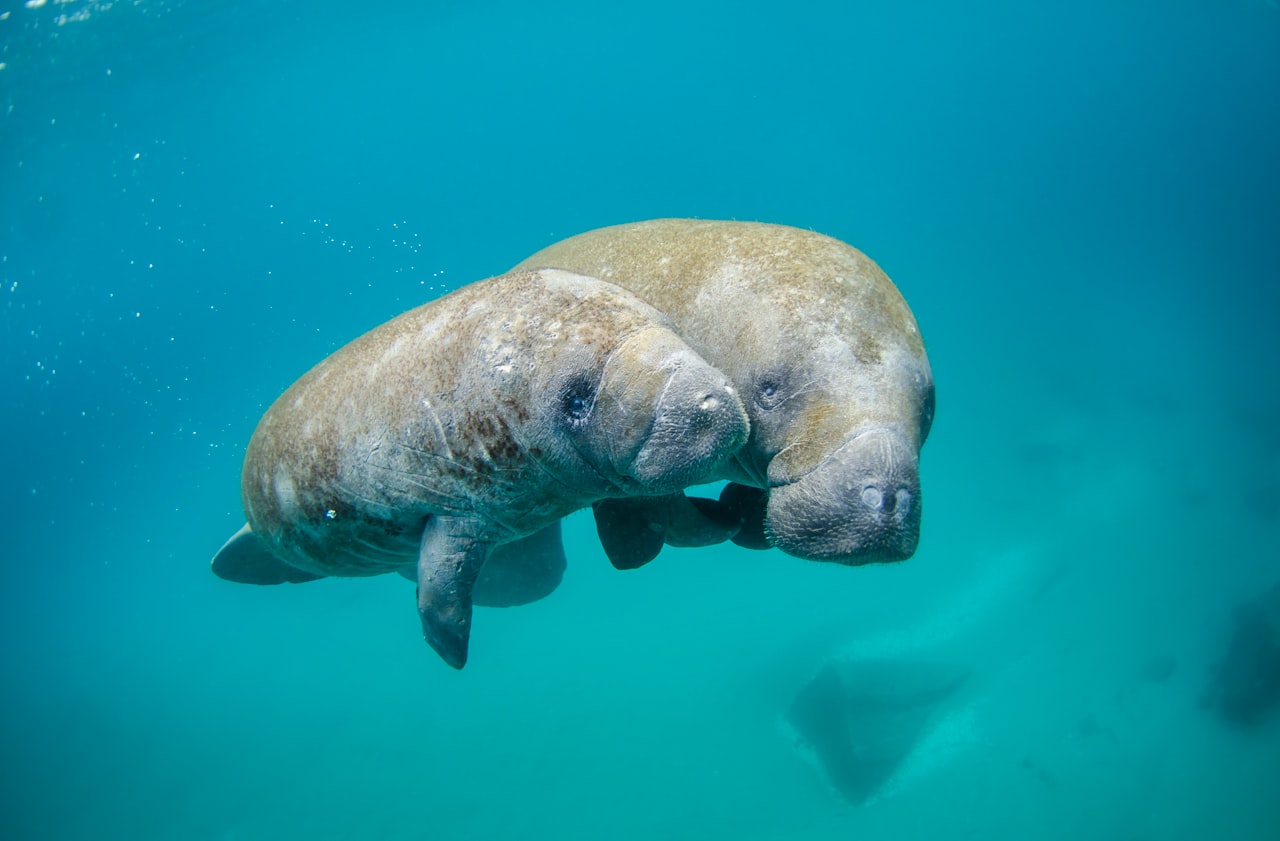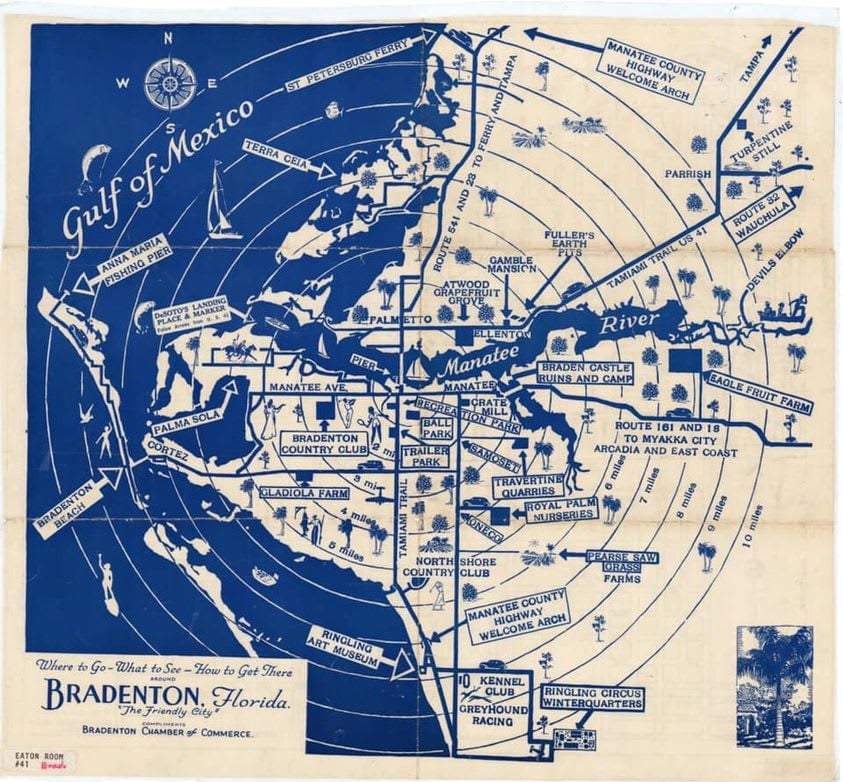Article originally published in The bradenton Times
Egmont Key has always been a very strategic location. It has historically been utilized for confidential and illicit activities that involved were often famous military personalities like Robert E. Lee and Teddy Roosevelt, and infamous characters like Admiral Severes and his fleet of slaughtering Spaniards.
Today dilapidated remnants of the forts and military buildings are scattered around the island of Egmont Key. Its rich history included prisons, pirates, minefields, war tactics, and special ops.
The location of Egmont has always been a valuable asset. Early on, it served as the landmark for Spanish ships. In 1557, they erected a large cross on the southern end and used it in conjunction with their astrolabe (an early form of the sexton) to chart the bay, according to a 1996 article with former park ranger Bob Barker conducted by the Manatee County Historical Society.
Later, British privateers commissioned by the government used the island to surprise passing Spanish ships and intercept their gold.
Later, pirates took advantage of the narrow channel into Tampa Bay. They camped out on the island during bad weather and utilized lax salvage laws to cash in on the cargo they found when ships sunk in the storms.
As shipping began to increase, there was a need for some navigational aid to be erected on the landmass so ships could avoid hitting it. In 1848, the lighthouse was built, but that same year two back-to-back hurricanes damaged it severely. While the lighthouse was still operational, lack of funding prevented needed repairs, so it was used in its devastated state.
In 1854, during the Third Seminole War, the island became a prison for Native Americans that were detained there while awaiting exile to New Orleans, where they would join other tribes and continue on the Trail of Tears to the Arkansas Territory Reservation (present-day Oklahoma).
The same year, Robert E. Lee was working as an engineer with the Army Corps by surveying the West Coast of Florida. He was asked to have a look at the damaged lighthouse and recommended a full replacement. The new lighthouse was constructed in 1858. This time the construction stood the test of time as it still serves as a navigational aid today, flashing every 15 seconds.
The important navigational aide instigated a battle during the Civil War when the island was first used by the Confederacy but then abandoned due to limited resources. Before leaving, they took the lenses out of the lighthouse and secretly buried them somewhere around Tampa Bay. The Union troops raided land one night to find the lenses after receiving a bogus lead. The Union never found the lenses during the war and their location remained a mystery until after the war ended in 1865.
Before dredging was around the waters surrounding the island were difficult to navigate with the original depth being only about eight feet. Larger ships only had two feet of clearance in the narrow channel so they employed harbor pilots. Specialists would offer to captain a ship and get paid for it. Pretty soon, only a handful of people could safely navigate harbor -- and they were well rewarded for their knowledge. In 1886, they formed the Tampa Bay Harbor Pilot's Association which still operates today. They moved to Egmont and are still operating on the island. The Corps of Engineers eventually dredged through the delta to Tampa Bay, but that didn't hinder the pilot prophesy.
After the Civil War, the army enacted a coastal defense plan with 21 strategic locations selected from Maine down the East Coast and around the Gulf. Egmont was dubbed one of them and Fort Dade was built in 1898 along with a subcommand of Fort Desoto built on Mullet Key - there was a secret minefield between the two islands.
During the Spanish American War, the army lived in fear of the Spanish fleet and commissioned the most high-tech warfare including two of the very first, back-end-loaded, rapid-fire guns that could shoot up to 12 miles offshore. The cannons shot so far, target ships were left guessing where along the coast the shots had come from. Full living quarters were constructed on the island including 70 buildings that accommodated up to 300 personnel. There were also brick roads, sidewalks, and a power plant and sewage system.
Teddy Roosevelt and the Rough Riders were stationed at Fort Dade briefly before being deployed to Cuba. He opted to stay in tents with his soldiers, according to Roberta Moore Cole, whose father served as the lighthouse keeper. Cole remembers a faux Indian mound that was actually a four-room bunker with walls eight feet thick that protected the command in the event of an attack, according to a 1989 interview with MCHS.
The fort never actually saw combat. When airplanes were invented during WWI, the battery defense became obsolete. A direct hurricane in 1921 damaged so much of the barracks and other buildings that Fort Dade was decommissioned two years later.
In the 1930s, Egmont was a hideout for bootleggers based on Baker's recording. On one occasion, the U.S. customs lit the grass surrounding the abandoned buildings on fire to smoke out the bootleggers. The blaze was so big you could see it in Ybor City. Thirty-five buildings were destroyed in the blaze. Then, the army came back and destroyed the rest.
In the '40s the island was used as a training base for the Coast Guard. They had a rifle range which is now washed out in the west coast waterway, but one can still sometimes find ammunition on the beach. Coast Guard remained with the operations of the light tower and radio beacon that transmitted Morse code. For years, aircraft flew and found destinations based on that radio beacon.
In 1974, the southern third of the island was made into a National Wildlife Refuge (five acres).In the late eighties, the largest military/civilian operation in the history of the United States was held at Egmont. Roberta Cole was instrumental in putting it together and in a joint effort between the FWCC and the Florida Park Service, they removed over 72 tons of trash from the island. Shortly after, it was made into a State Park.
Today, tourists are free to roam the brick streets and climb the walls of the old forts. Sailboats and powerboats picnic on the weekends and gophers still roam the arid terrain (but are now protected). The lighthouse still serves its duty as a vital navigation aid.
